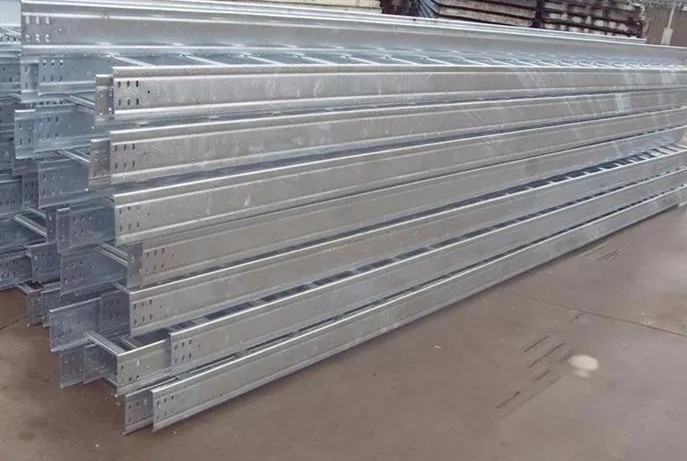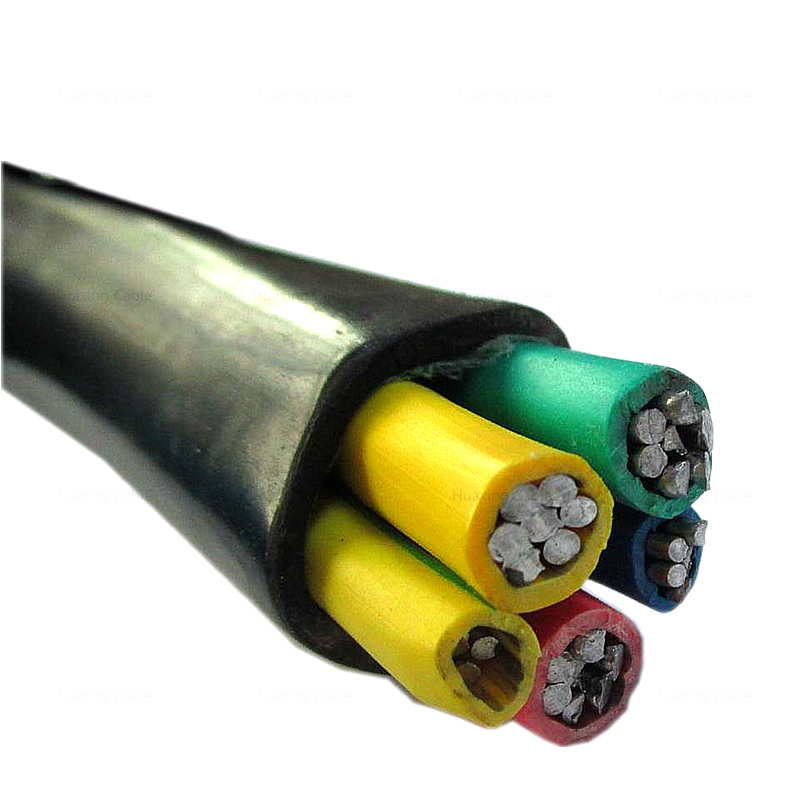Bridge, also known as cable bridge, is composed of support, tray, cover plate and installation accessories. In a computer room project, compared with expensive and high-tech hardware and software, the bridge is very insignificant and rarely paid attention to, but it is also an indispensable part of the whole wiring project. Today, let’s talk about the process and common installation methods of bridge during construction.

1、 Common installation methods of bridge:
1. Horizontal hoisting (lifting frame)
It is applicable to the hoisting of trough and tray bridges with width < = 100mm
2. Horizontal hoisting (cross arm)
It is applicable to the hoisting of trough and tray bridges with width > 100mm
When the width is less than 600mm, the through wire suspender shall be used
Width > = 600mm, use angle steel suspender
3. Horizontal wall (supporting arm)
It is applicable to the horizontal installation of bridge against the wall
4. Vertical wall (horse stool / word stand)
It is ACSR Cables to the vertical installation of bridge along the wall
2、 Installation and construction process of cable tray:
Installation process flow of cable tray
1. Positioning and setting out → embedded iron parts or expansion bolts → support, hanger and bracket installation → bridge installation → protective grounding installation
2. Determine the position from the beginning to the end according to the construction drawing, mark the direction along the drawing, find the horizontal, vertical and curved connection, snap lines or draw lines along the bridge direction on the walls, ceilings, floors, beams, plates, columns, etc., and draw the positions of supports, hoists and brackets with uniform span.

3. Embedded iron parts or expansion bolts
(1) The self-made processing of embedded iron parts shall not be less than 120mm × 80mm × 6mm, and the diameter of anchor round steel shall not be less than 10mm.
(2) Closely cooperate with the construction of civil structure, keep the plane of embedded iron parts close to the formwork, and fix the anchor round steel on the reinforcement in the structure by binding or welding; After the concrete formwork is removed, the plane of embedded iron parts is exposed, and the support, hanger or bracket shall be welded on it for fixation.
(3) Select the corresponding expansion bolt and drill bit according to the load borne by the support; After the bolts are embedded, the supports or hangers can be directly fixed on the metal expansion bolts with nuts and corresponding washers.
Bridge installation
1. When the length of steel cable tray in straight section exceeds 30m, and the length of aluminum alloy or FRP cable tray exceeds 15m, expansion joints shall be set, compensation devices shall be set at the crossing of expansion joints, and bridges with expansion joints can be used.
2. The bolts between the bridge and the support and the bolts of the bridge connecting plate are fastened without omission, and the nuts are located outside the bridge. When the aluminum alloy bridge and the steel support are fixed, there are mutual insulation and anti electrochemical corrosion measures, and asbestos pad can be used generally.
3. The cable tray laid in the shaft and crossing different fire zones shall be provided with fire isolation measures according to the design requirements. The ABC Cable tray laid in the electrical shaft can be fixed with angle steel
When the cable tray passes through the firewall and fire floor, fire isolation measures shall be taken to prevent the fire from spreading along the line; For the fire separation wall and plate, the opening shall be reserved in cooperation with the civil construction, and the edge protection angle steel shall be embedded at the opening. During construction, L50 shall be used according to the number of layers and cables laid × fifty × 5. The angle steel shall be used as the fixed frame, and the fixed cabinet shall be welded on the edge protection angle steel at the same time; The frame can also be installed in the wall and slab during masonry or concrete pouring in civil construction.

Grounding of bridge
When the design allows the use of bridge system to form grounding trunk circuit, the following requirements shall be met:
1. The metal cable conduit led in or out of the metal cable tray and its support must be reliably grounded (PE) or connected to neutral (pen), and must comply with the following specifications:
(1) The total length of metal cable tray and its support shall be connected with grounding (PE) or neutral (pen) trunk line at least 2 places, so that the whole tray is an electrical path.
(2) The two ends connected between non galvanized AAAC Cable trays shall be connected with copper core grounding wire, and the minimum allowable cross-sectional area of grounding wire shall not be less than 4mm2.
(3) The two ends of the connecting plate between galvanized cable trays may not cross the grounding wire, but the two ends of the connecting plate shall not be less than 2 connecting and fixing bolts with anti loose nuts or anti loose washers.
2. The connection resistance between the end of tray and ladder shall not be greater than 0.00033 Ω, and shall be tested with equipotential bonding tester (continuity meter) or micro Ω meter. The test shall be carried out on both sides of the connection point. The connection resistance at both ends of the whole bridge length shall not be greater than 0.5 Ω or determined by the design, otherwise the grounding point shall be added to meet the requirements. The coating shall be removed from the grounding hole, and the flat pad on one side of the bolt in contact with the coating shall use a special grounding washer with claw.
3. The expansion joint or soft connection shall be connected with braided copper wire. When another grounding main line is laid along the whole length of the bridge, the tray and ladder of each section (including non-linear section) shall be reliably connected with the grounding main line at least at a small point; Spring washers shall be installed at the connection of grounding parts to avoid loosening.
